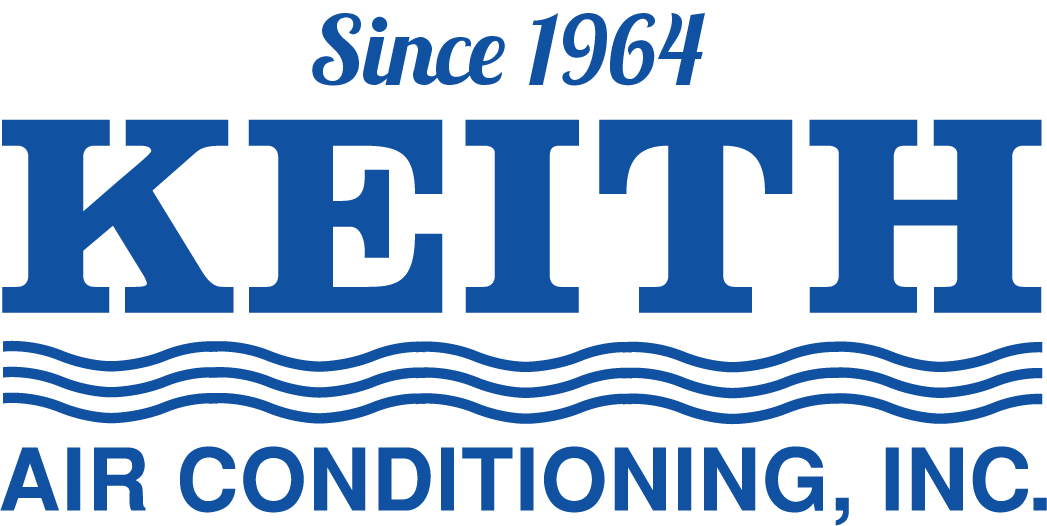While manufacturers continue to improve the efficiency, comfort, and style of heating and air conditioning equipment, thermostat technology has remained relatively unchanged since the introduction of the modern programmable thermostat in 1986.
The revolutionary Nest Learning Thermostat has changed the perception of HVAC controls within the total system concept. Fashionable and stylish, Nest is an attractive addition to the décor of any room. More importantly, the intuitive design allows consumers to enjoy superior energy savings and enhanced indoor comfort without a cumbersome learning curve.
Traditional thermostats are simple to use but very inefficient. Manual operation squanders energy saving opportunities when the living area is vacant or weather conditions change.
Programmable thermostats partially address these deficiencies through manually-entered setback points, which allow the thermostat to adjust the temperature when the building is unoccupied. Unfortunately, only ten percent of programmable thermostat owners actually use the energy-saving features on the device because of the complicated and counterintuitive programming instructions.
Nest Advantages
The Nest Learning Thermostat was developed by Tony Fadell, who served as the principal designer for the Apple iPod. During the construction of his own home, Fadell was frustrated by the complexity and limitations of existing thermostat technology.
At the core of its design, Nest uses adaptive intelligence to customize a personal temperature operating program that essentially requires no user input. Manual adjustments are made by turning a dial near the outer stainless steel ring. The display turns blue when the temperature setting is lowered and red when it is raised. The current temperature is presented in a bright, digital format developed for easy reading from a distance and in low-light environments.
Instead of confusing manual programming, Nest continually records and analyzes inhabitant behavior patterns in real time. The collected information is processed through advanced algorithms to develop specific programs tailored for different times, days and recurring events. The software regularly updates temperature-setting parameters to maintain appropriate comfort while reducing energy consumption.
Nest Technology
In order to gather and process data, Nest includes three temperature sensors, motion and light sensors, a humidity sensor and a WiFi connection to gather local weather information from the internet.
In “Auto Schedule” mode, Nest implements a program that automatically regulates system operation during specific times of high demand and intervals of inactivity. Rooms will never be heated or cooled in excess of the immediate demand with a Nest thermostat. The “System Match” feature actually learns about the unique capacity requirements of the building it serves and adjusts the equipment runtime to compensate for an inefficient building envelope. Once schedules are developed, they can be viewed online or through a user account where a variety of manual adjustments can be made.
To further promote efficient operation, Nest displays a green leaf any time the system is running in a power-saving mode. Activity scheduling, thermostat adjustments and local weather can be analyzed to identify specific periods of maximum energy savings. Settings can be altered, and reports can be can be accessed remotely through Apple iOS and Android devices.
Installation
The Nest Learning Thermostat is compatible with a wide variety of systems including conventional furnaces and air conditioners, heap pumps, package units and radiant heating systems. To determine compatibility with a specific system, it is advisable to consult a qualified HVAC dealer.
The professionals at Keith Air Conditioning, Inc. have been serving Mobile AL and the surrounding areas since 1964. They can answer any questions you may have about the Nest Learning Thermostat or any other cutting-edge HVAC technology.
